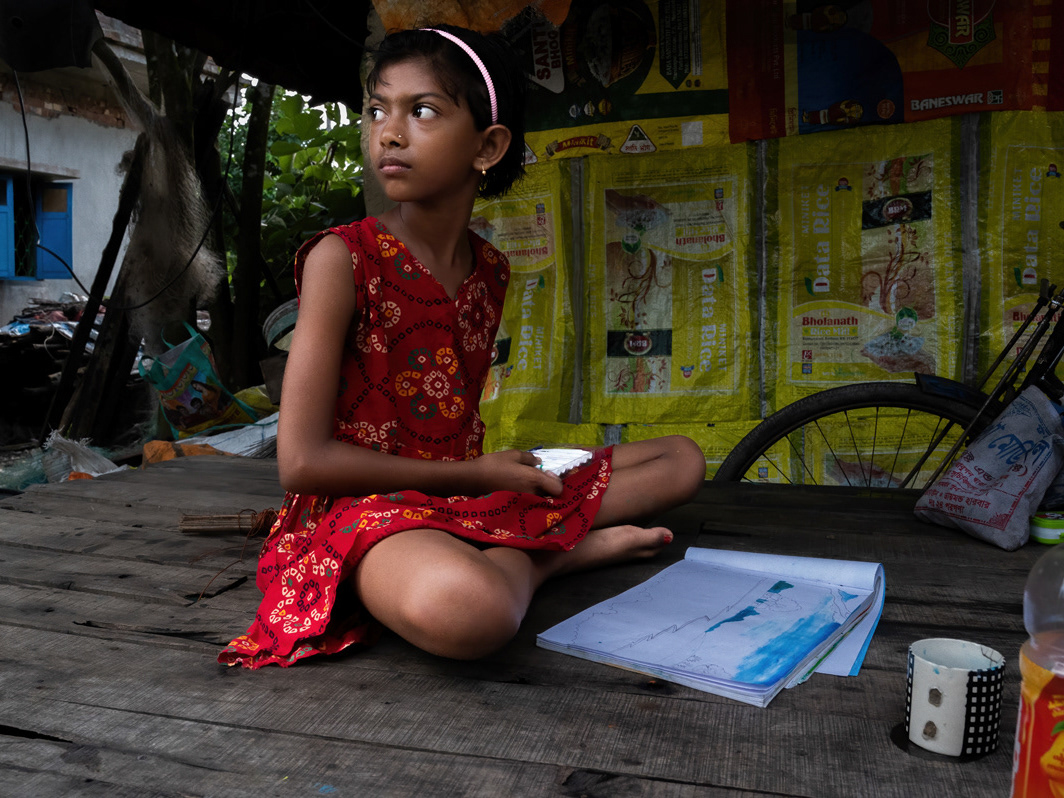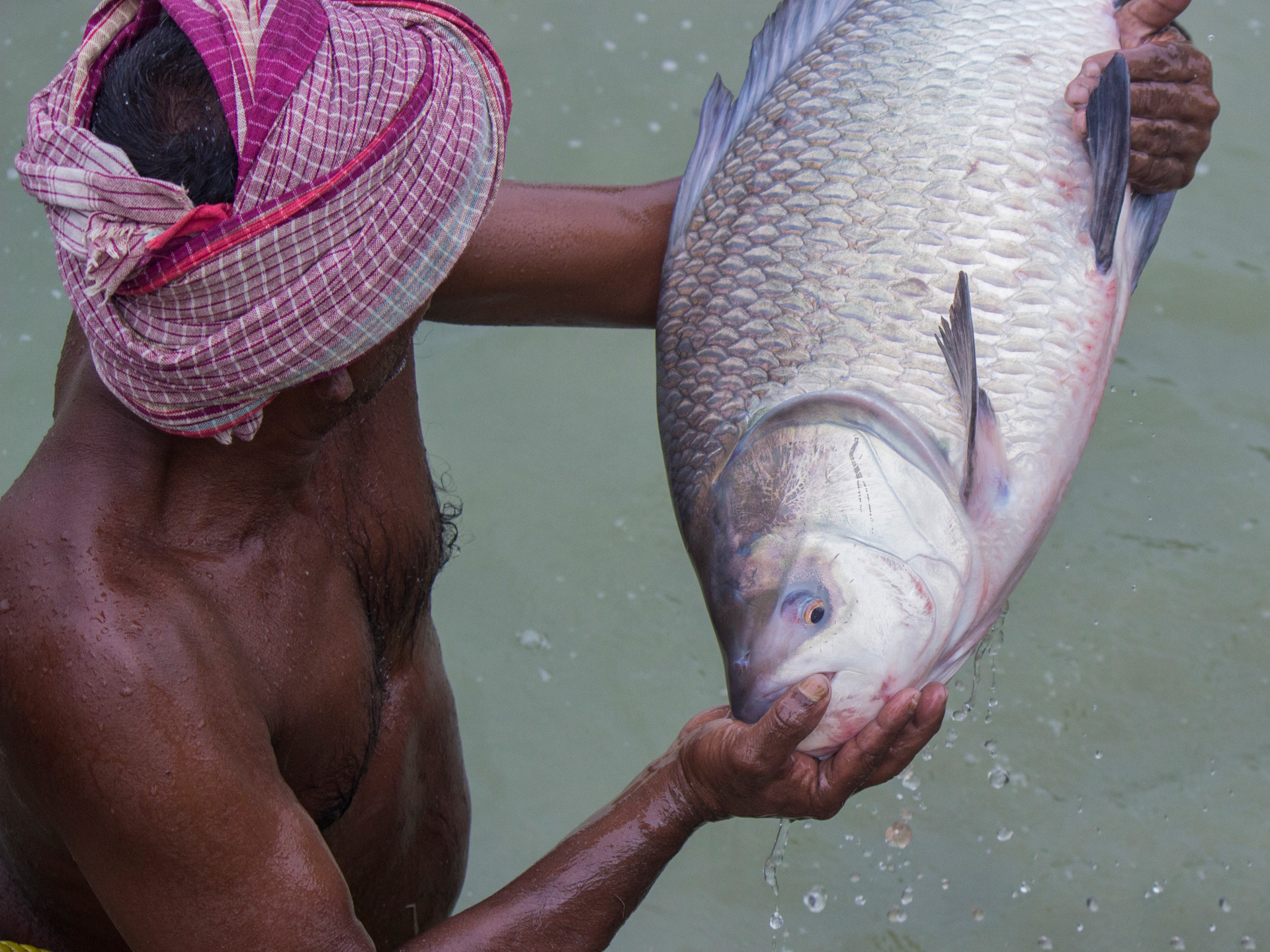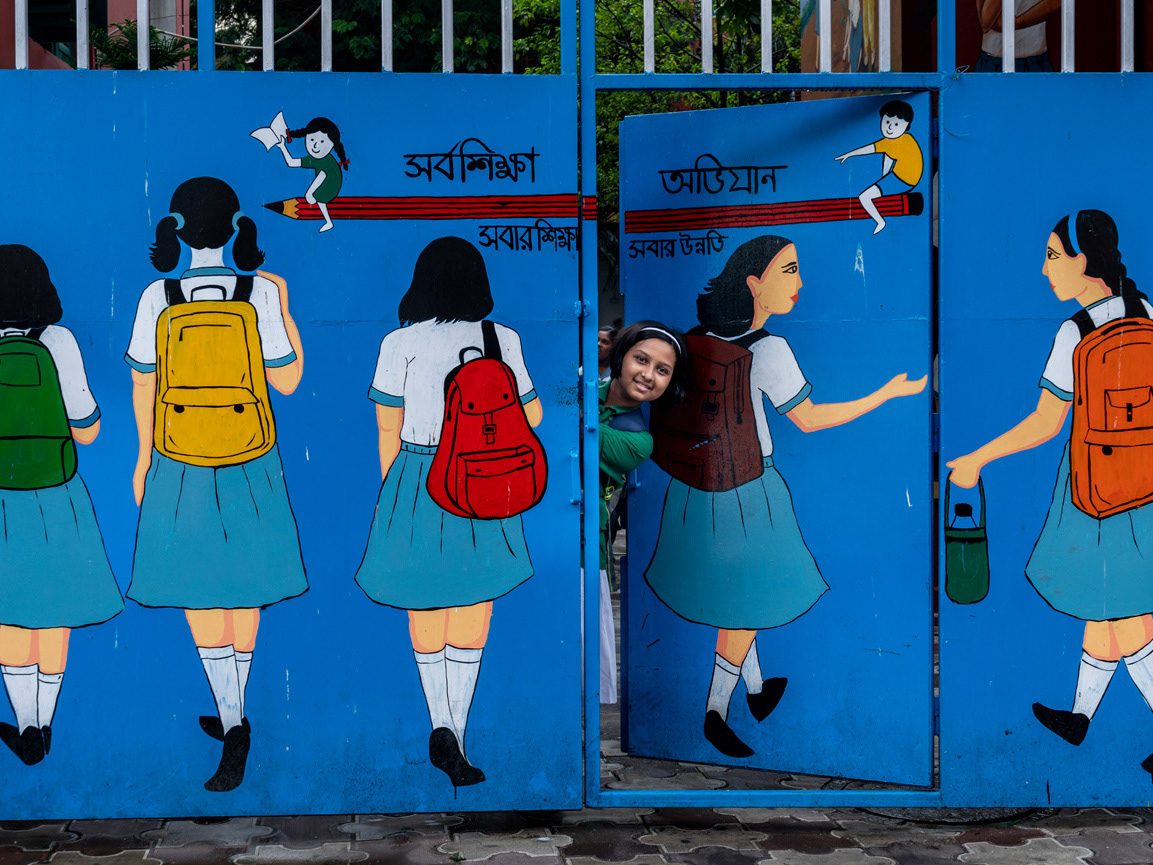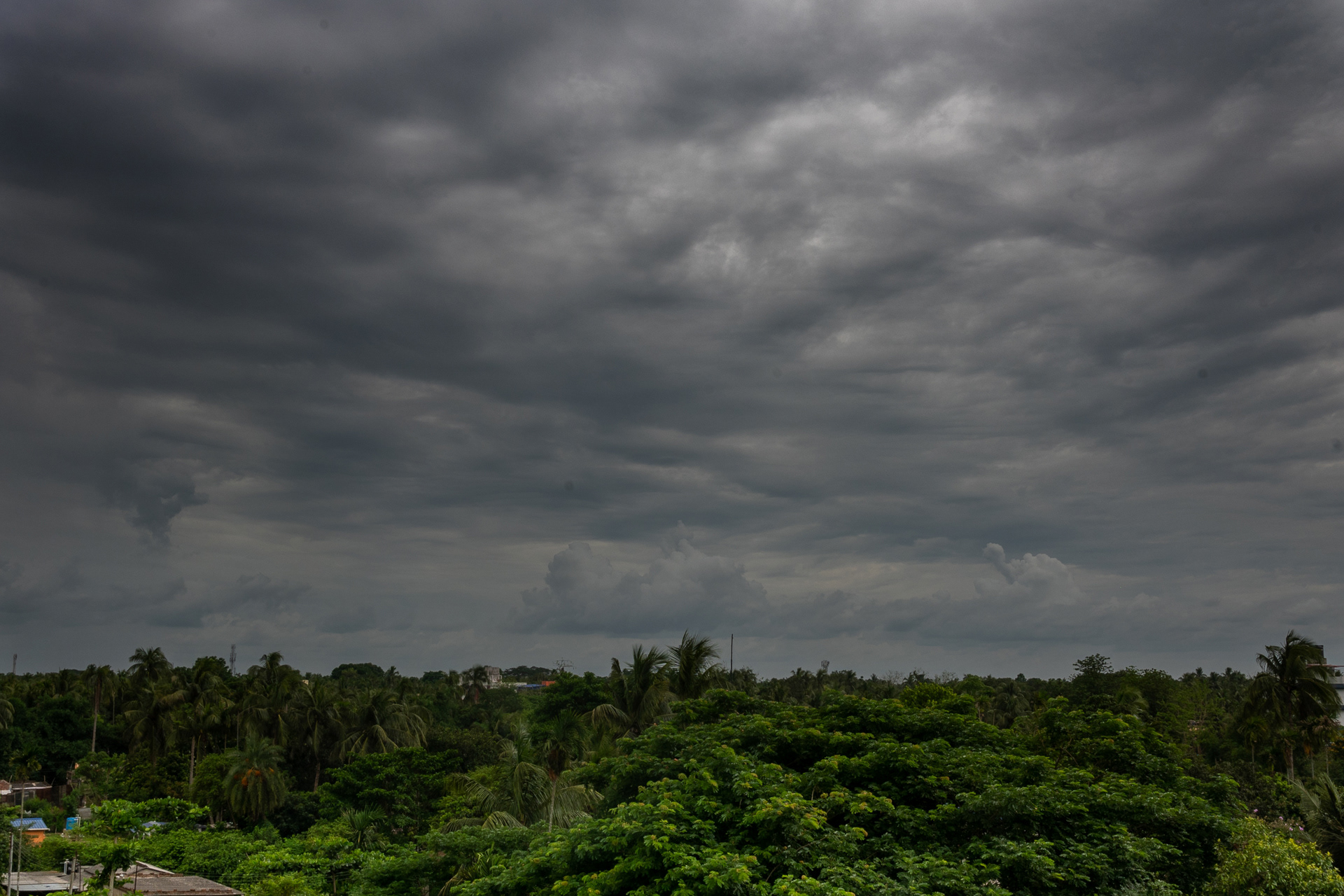

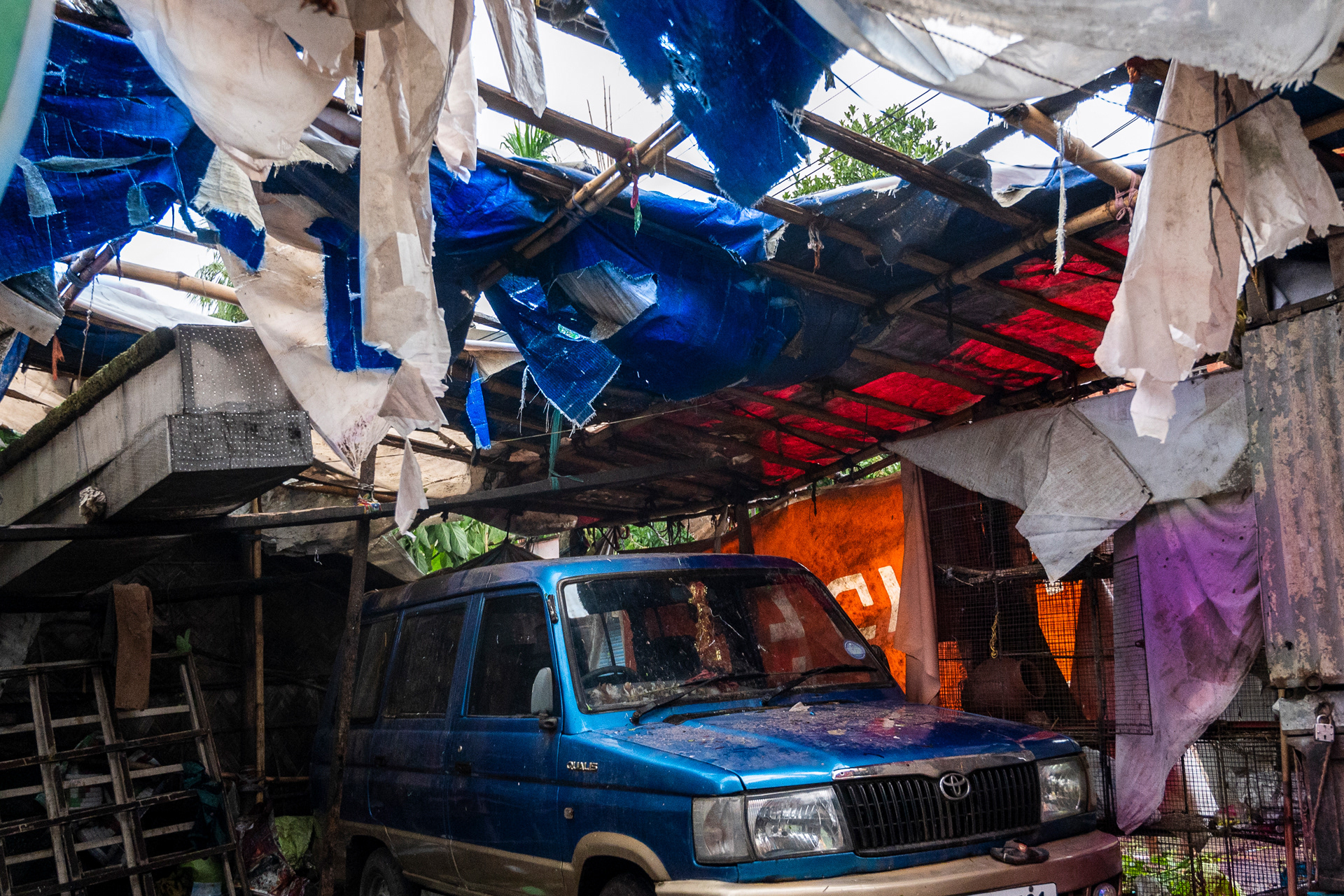
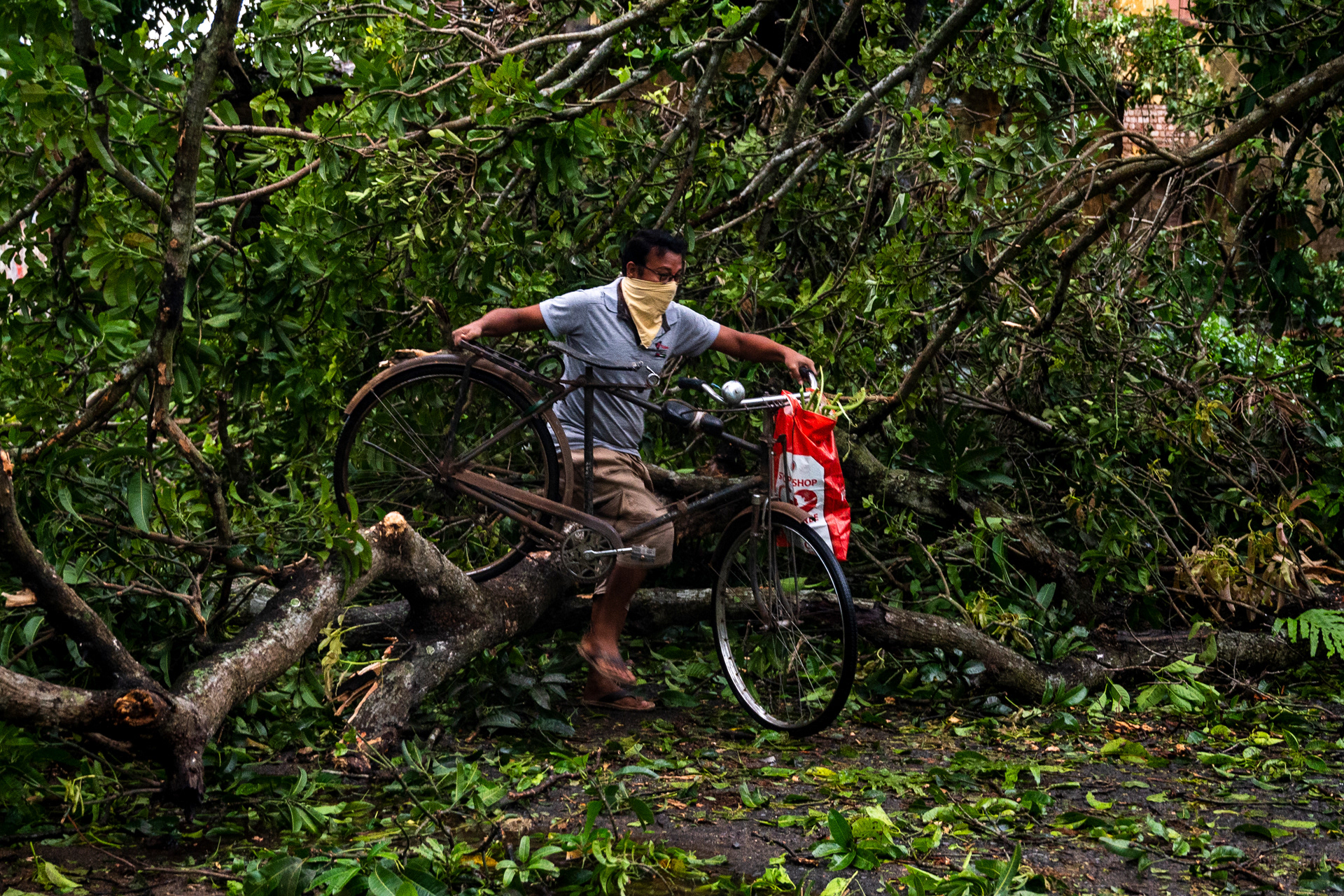
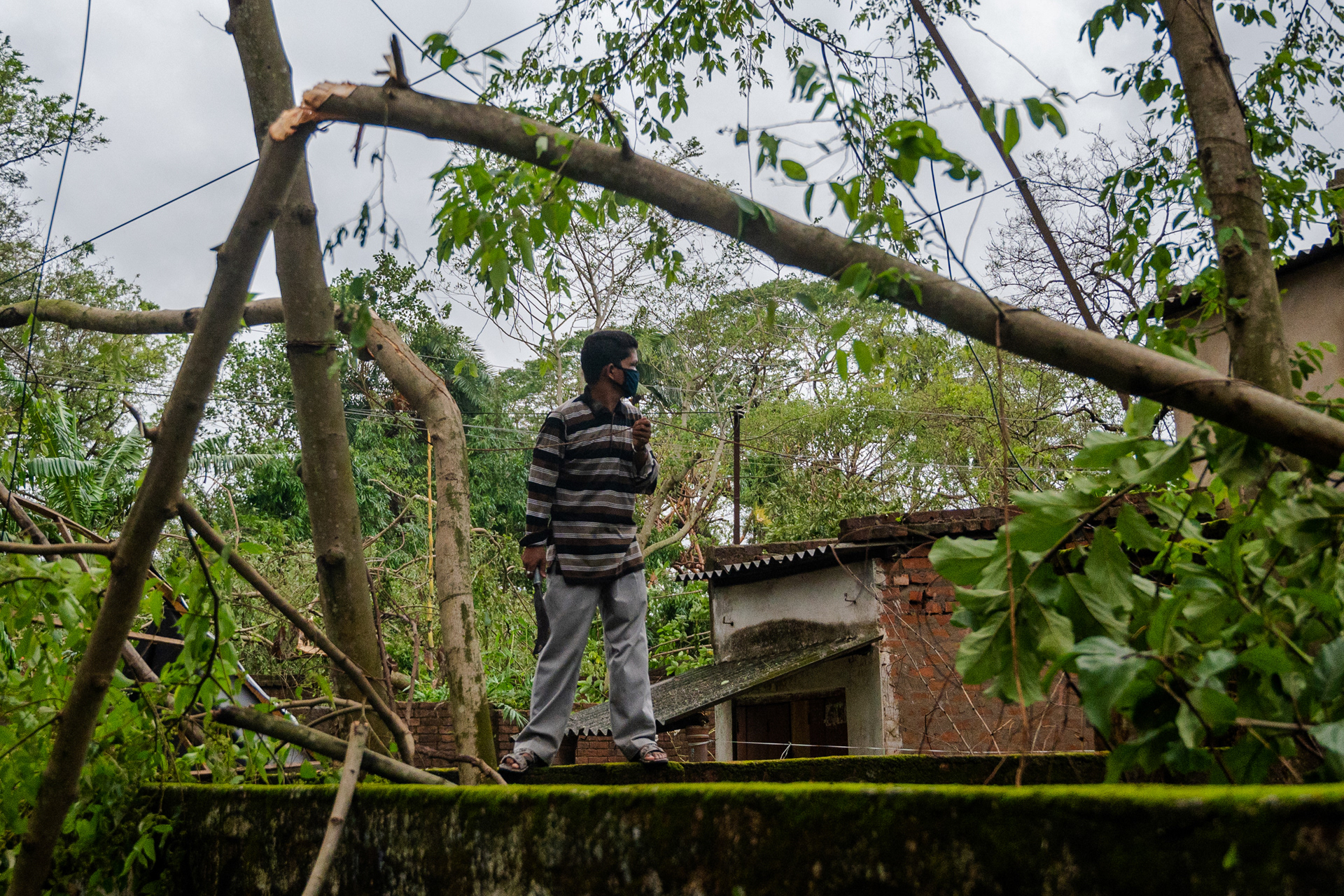
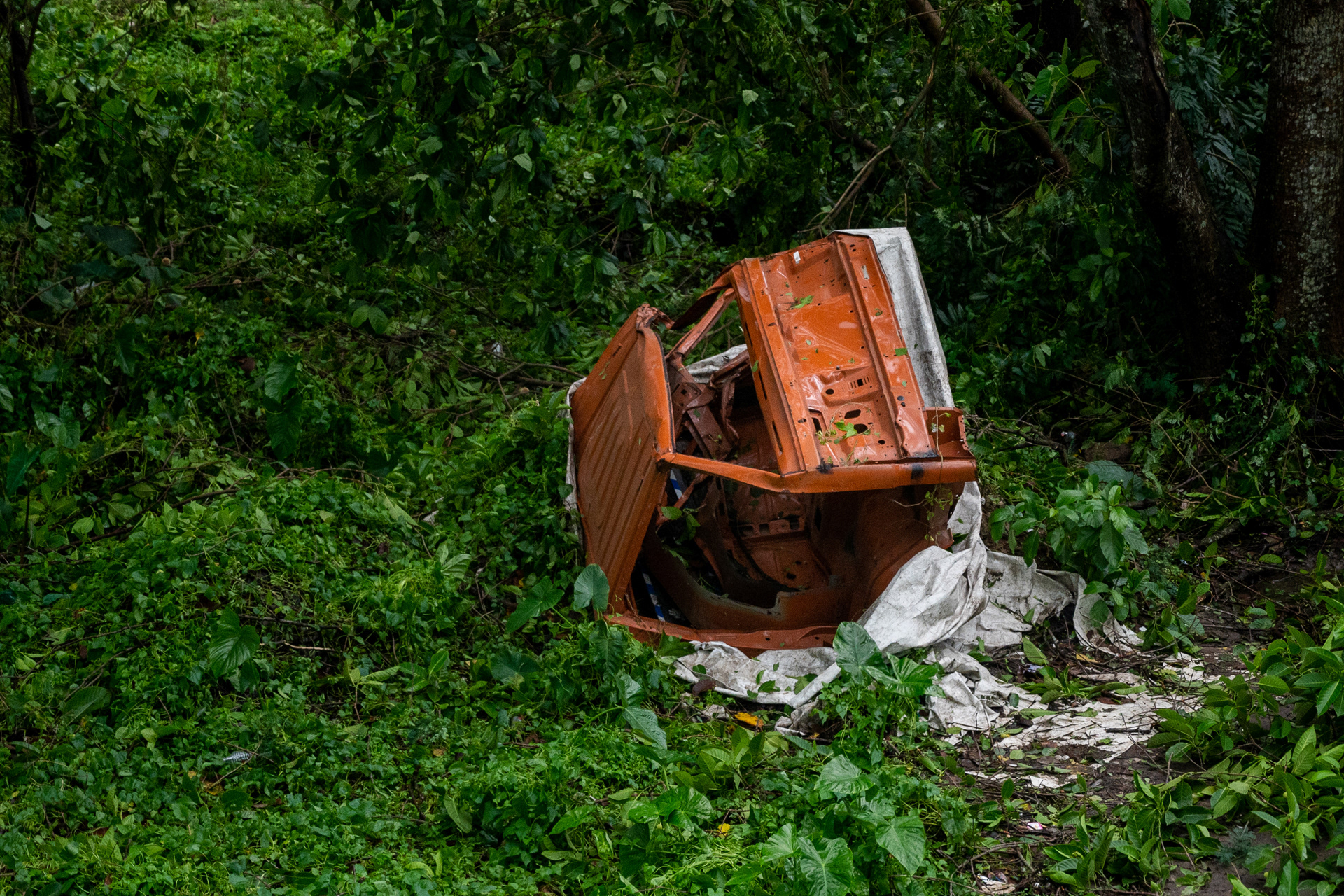
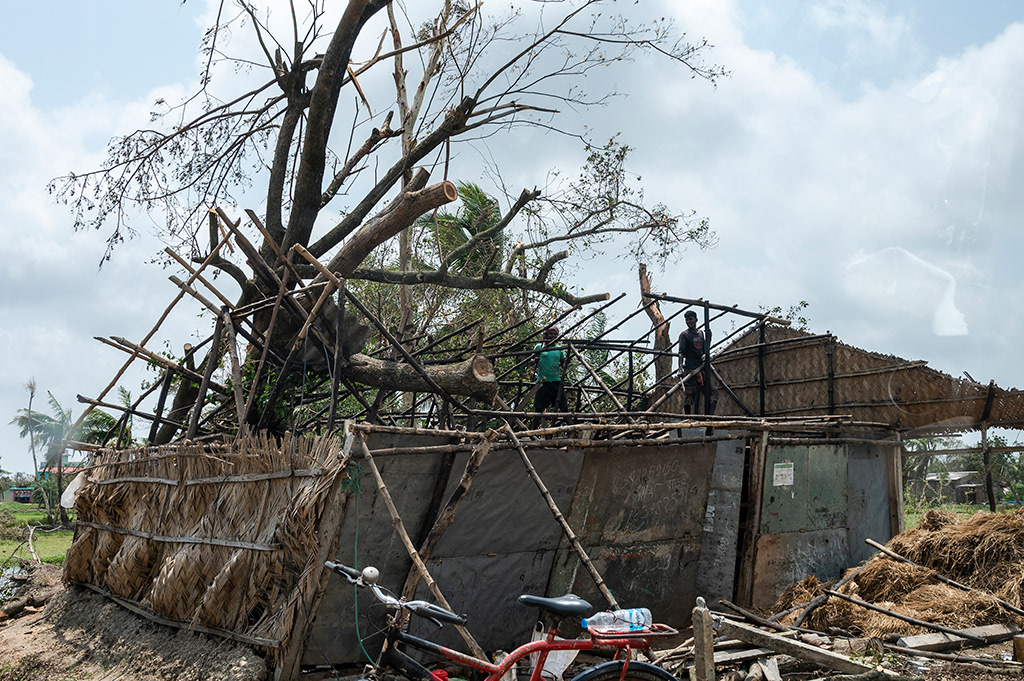
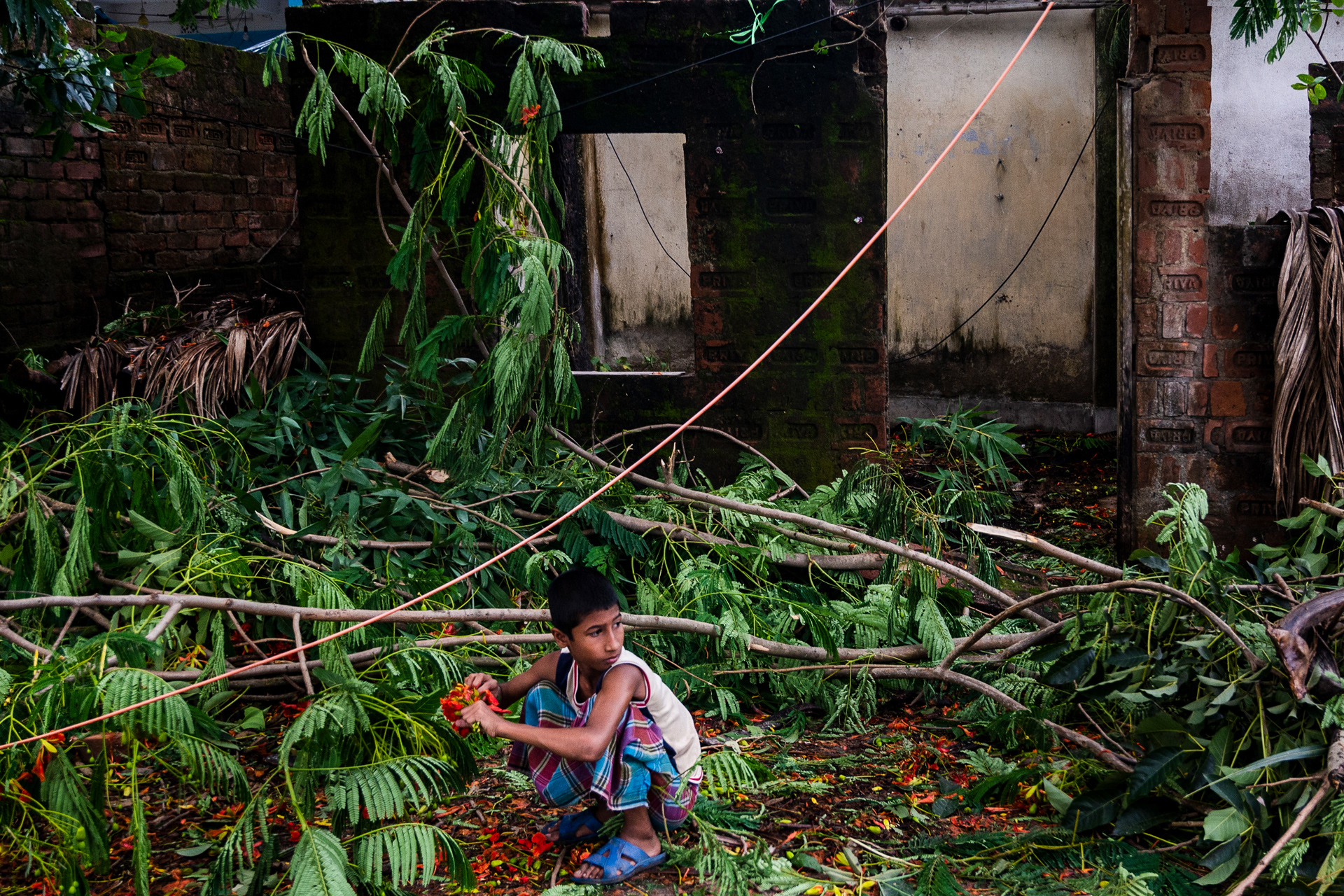
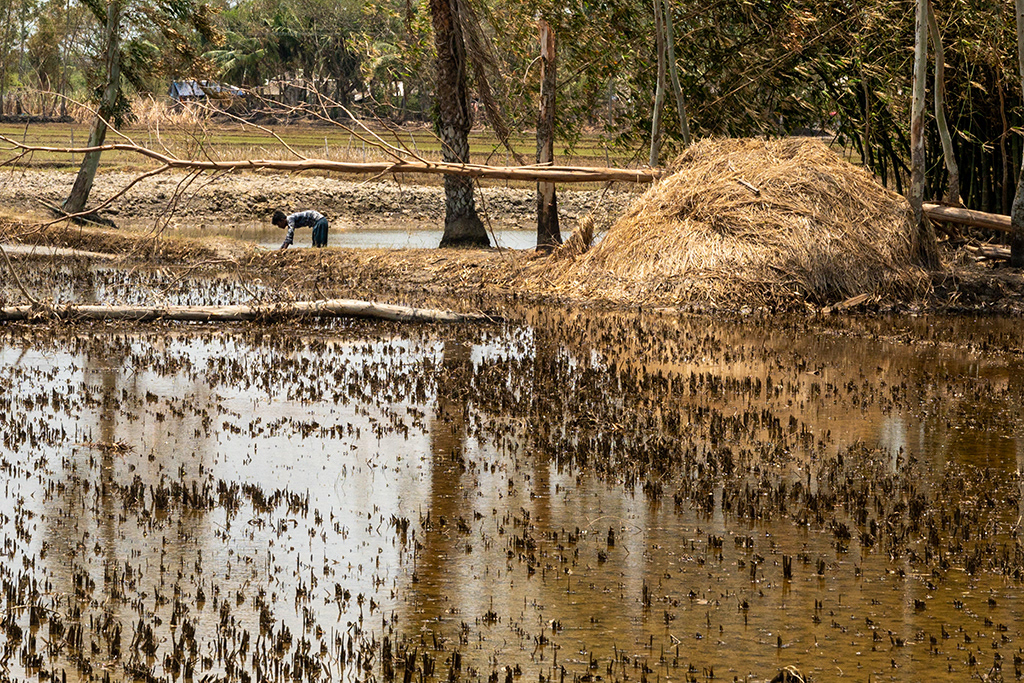
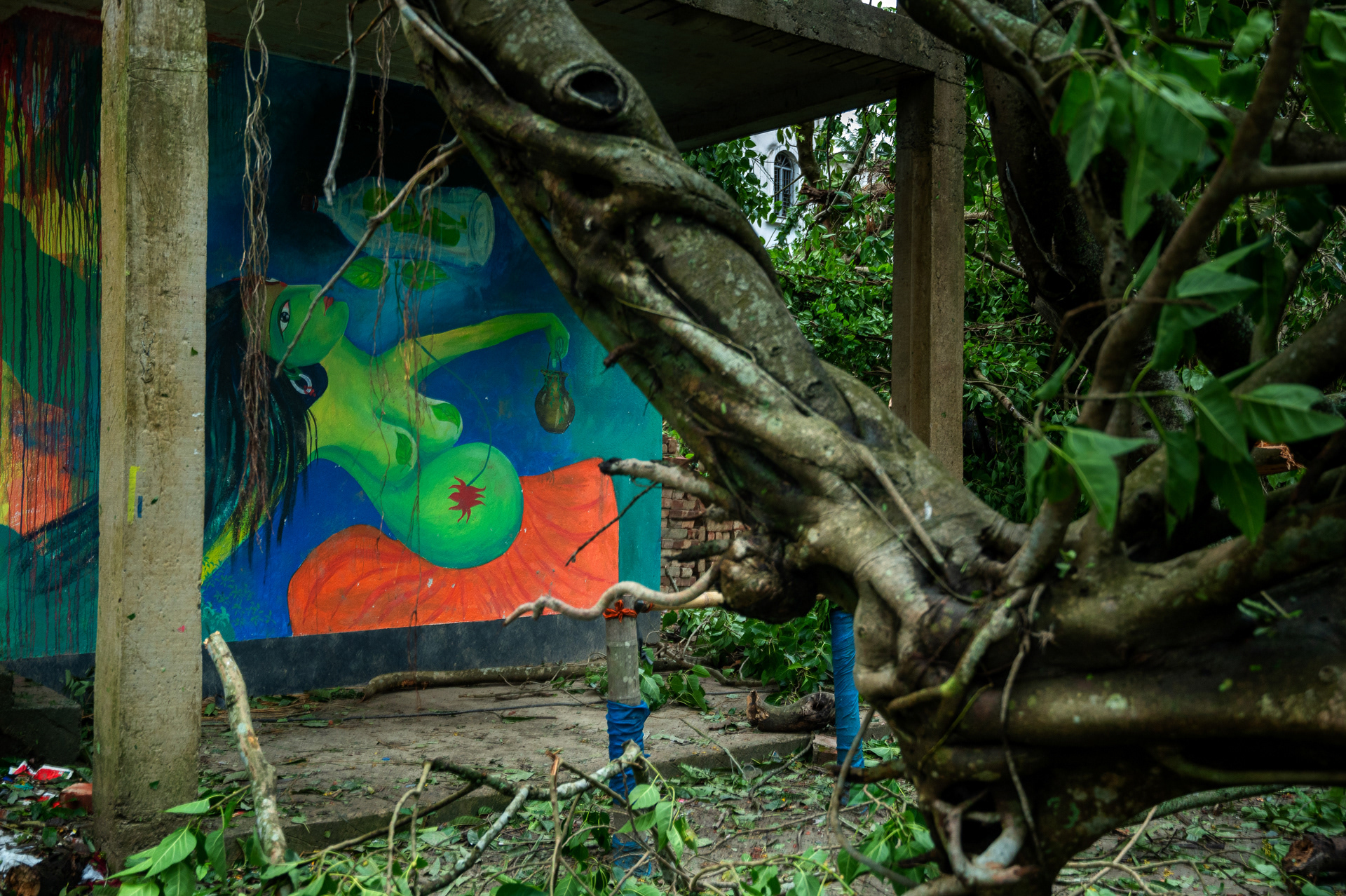
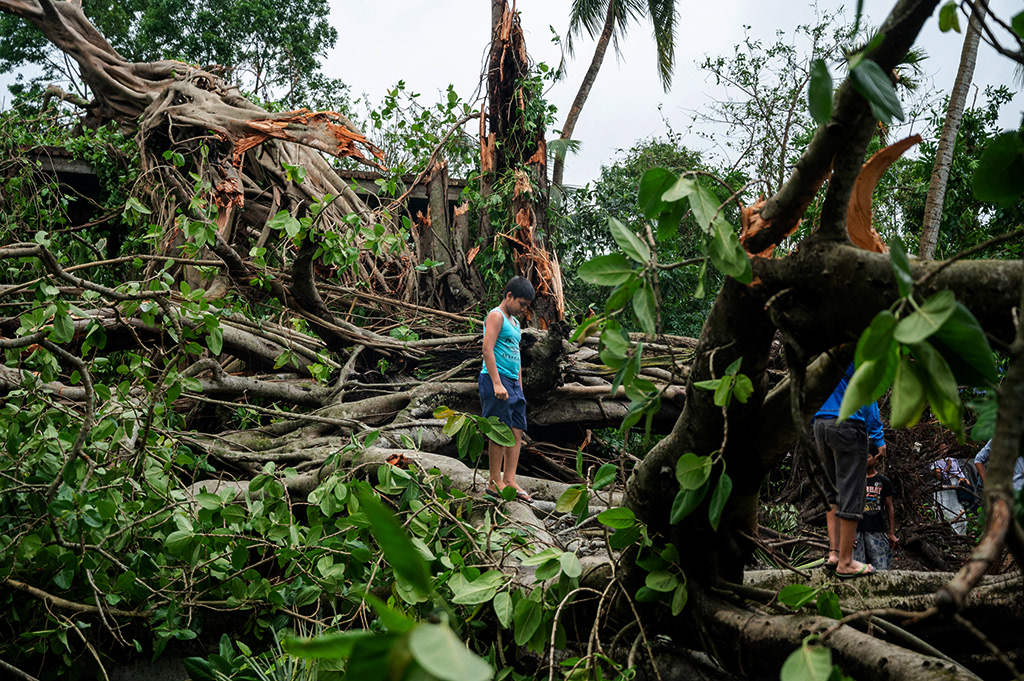
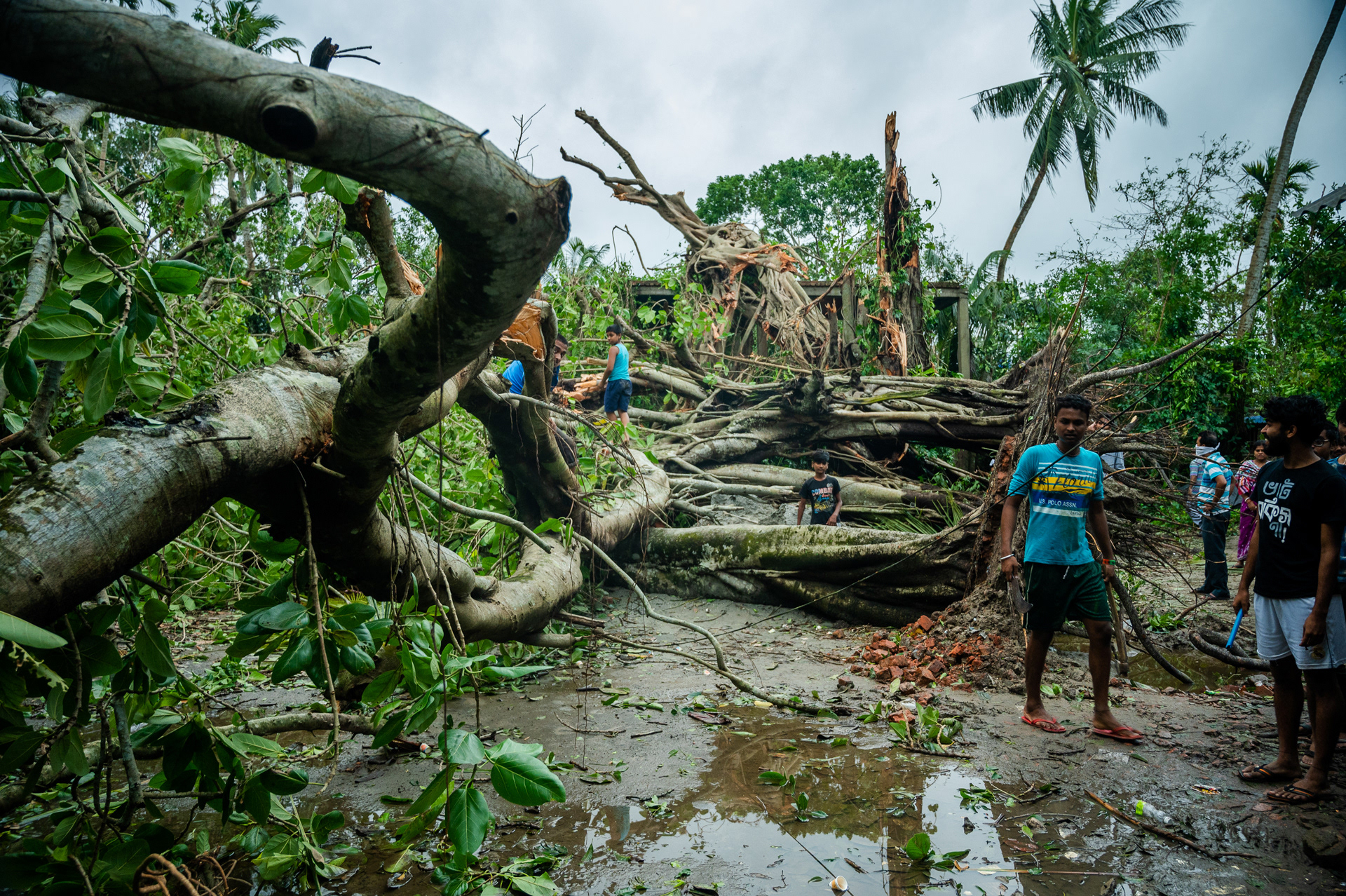
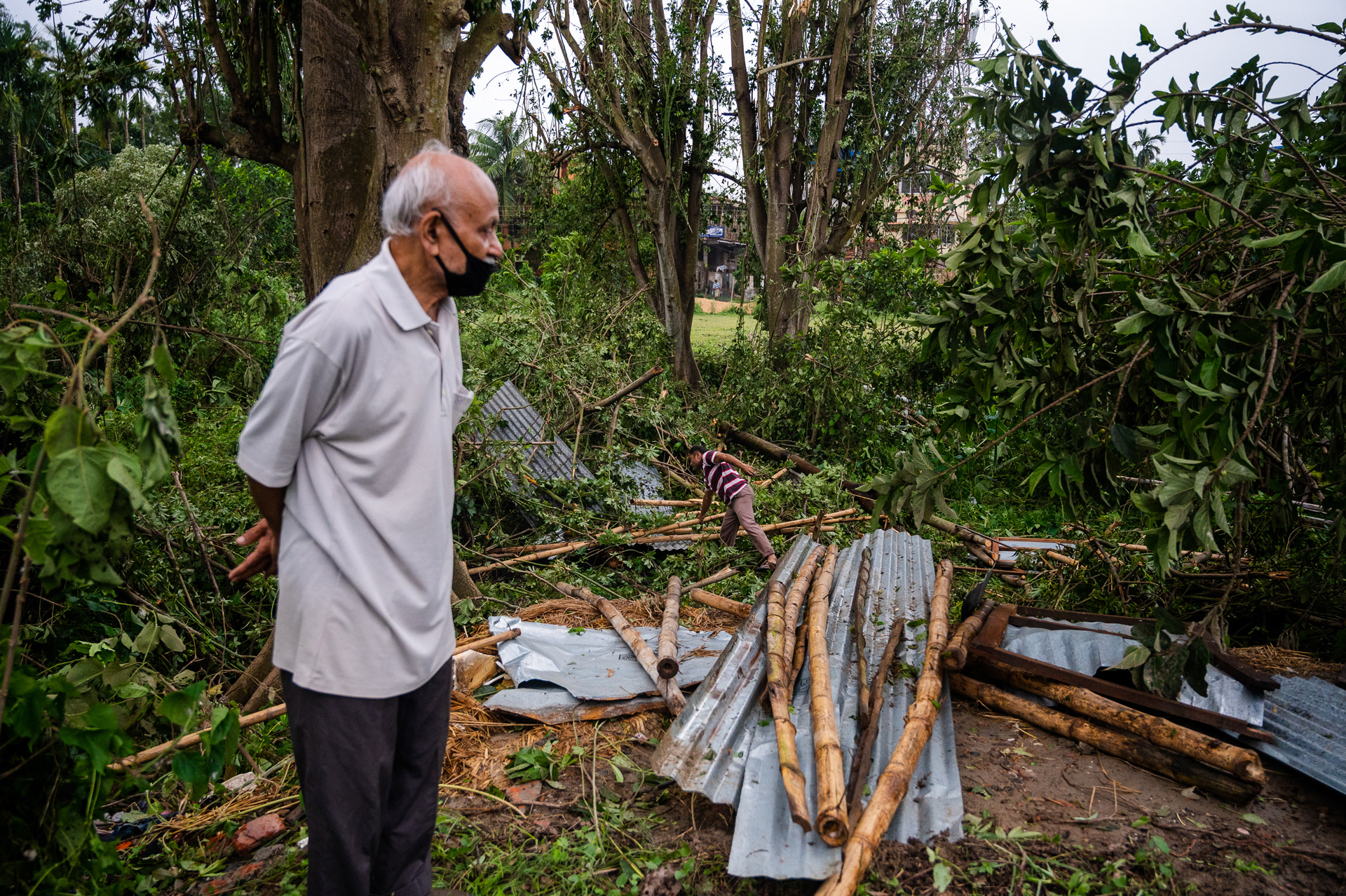


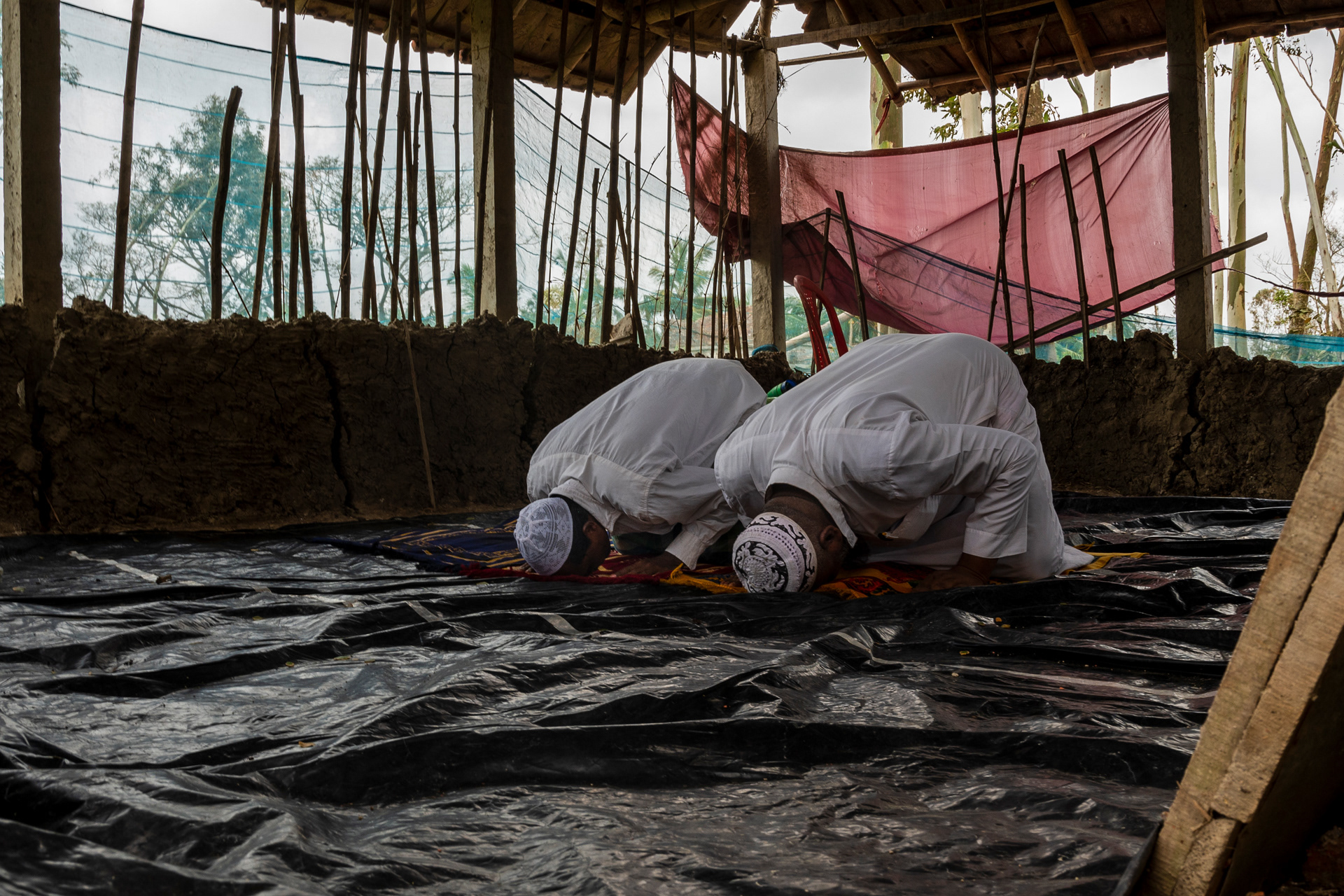
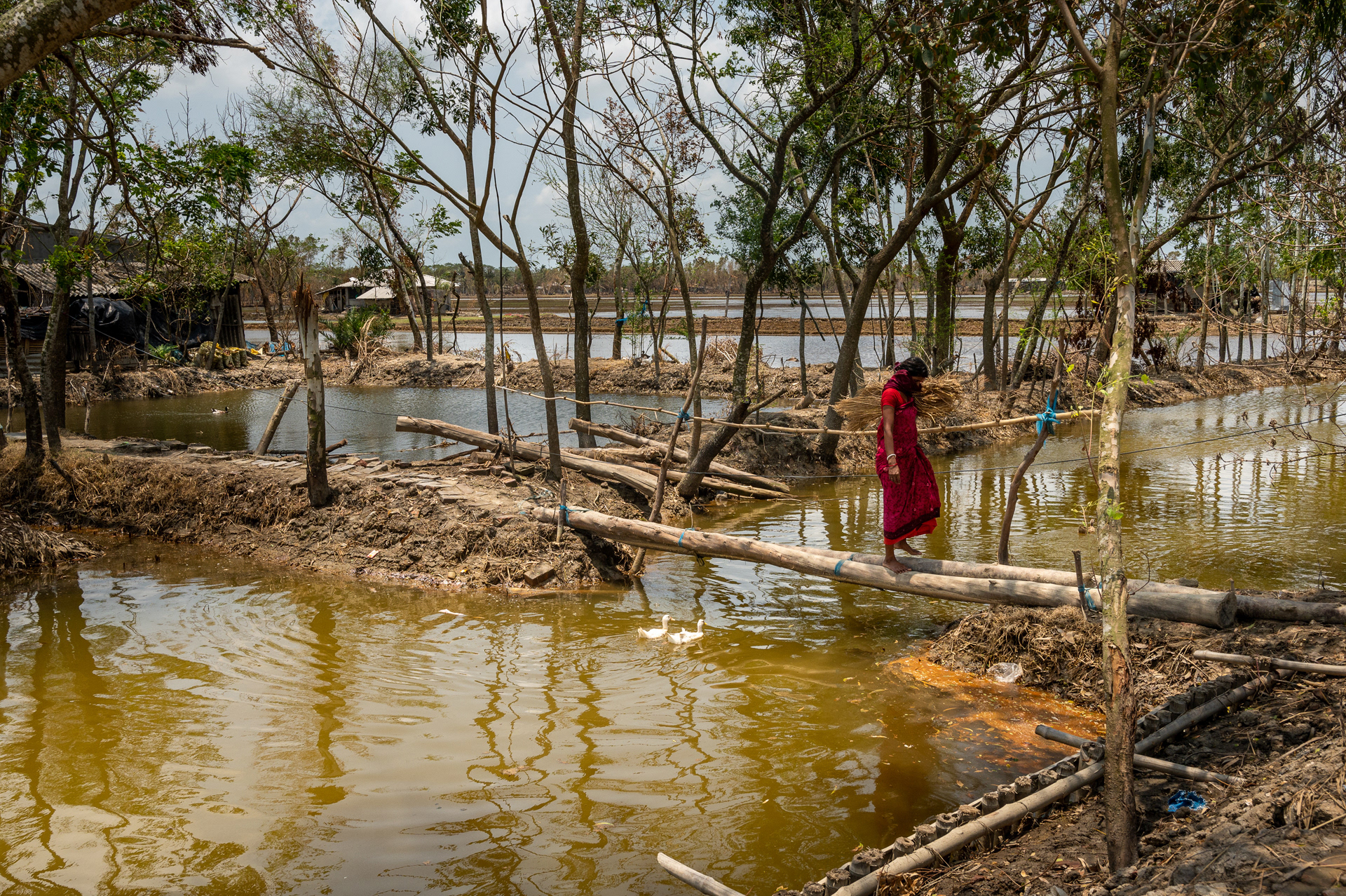
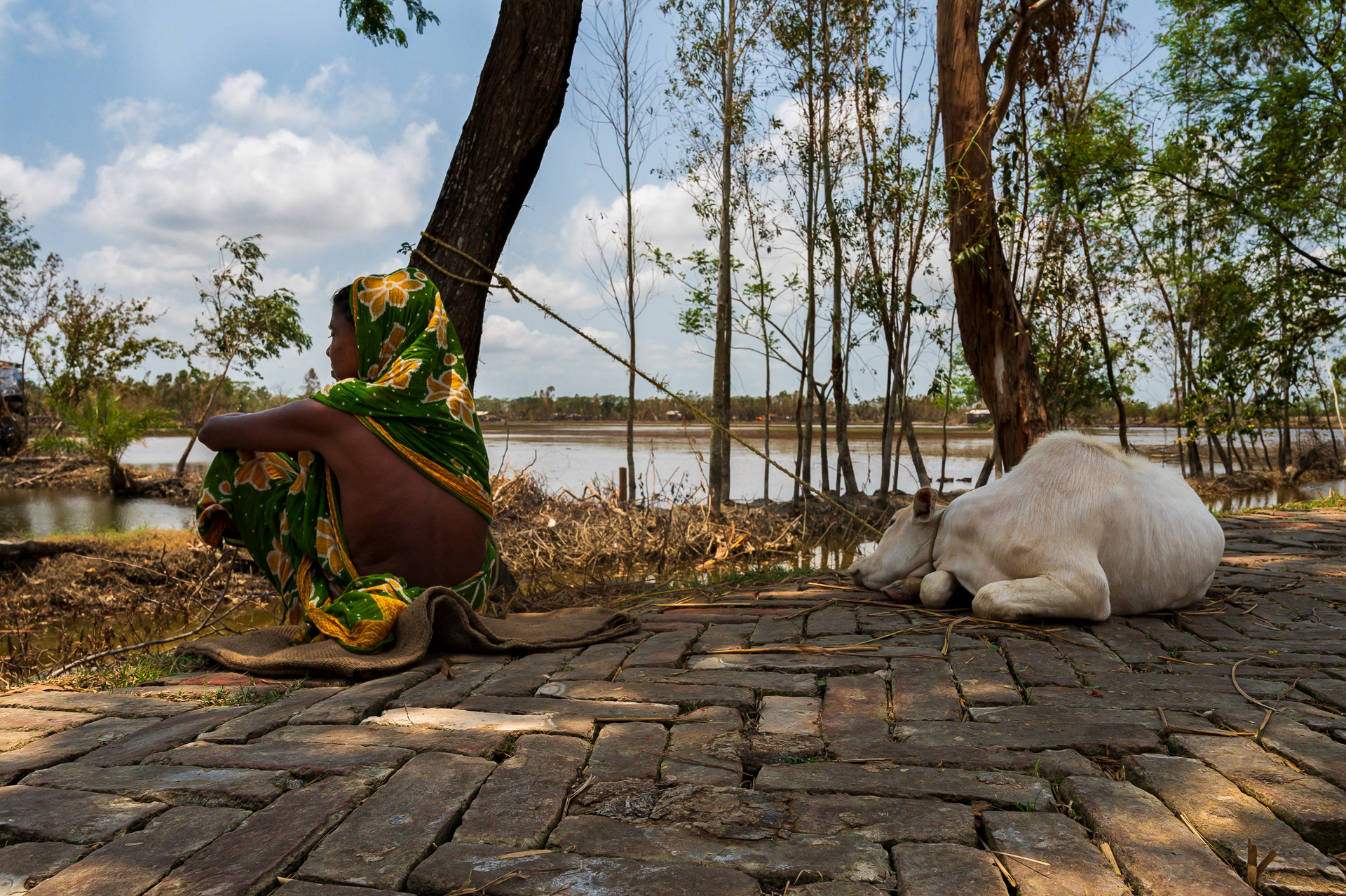
Cyclone Amphan, which made landfall in May 2020, was one of the most powerful cyclones to hit West Bengal in recent history. The effects on the state, especially in the capital Kolkata and surrounding regions, were devastating. Here’s a summary of the key impacts:
1. Widespread Destruction - Kolkata and surrounding districts were severely affected, with trees, power lines, and buildings uprooted. The city faced substantial damage to infrastructure, and several iconic landmarks, including the Kolkata airport, were submerged. The Sundarbans, a UNESCO World Heritage site, faced significant ecological damage. Many embankments were breached, leading to extensive flooding that displaced both humans and wildlife.
2. Loss of Life and Livelihood - Over 80 people lost their lives in West Bengal due to the cyclone. Many of these deaths were caused by collapsed buildings, fallen trees, and electrocutions. Agriculture suffered heavily. The storm destroyed crops such as paddy, vegetables, and betel leaves, leaving farmers in distress. The fisheries sector, particularly in the Sundarbans, was also hit hard.
3. Economic Impact - The total estimated damage in West Bengal was around ₹1 trillion (US$13 billion), making Amphan one of the costliest cyclones to ever hit the state.
Infrastructure: Roads, power lines, and water supply systems were disrupted for days, and in some cases, weeks. Many areas experienced prolonged power cuts due to the extensive damage to the electricity grid.
4. Displacement and Rehabilitation - Nearly 3 million people were evacuated from vulnerable areas before the cyclone, but the cyclone left millions homeless. Relief camps were set up, but the process of rehabilitation was slow and complicated by the COVID-19 pandemic.
5. Environmental Impact - The Sundarbans, known for its unique mangrove ecosystem, faced severe damage. Saltwater intrusion destroyed farmland and freshwater sources, affecting both agriculture and drinking water supplies. The cyclone also disrupted wildlife habitats, including those of the endangered Royal Bengal Tigers and other species native to the region.
6. Government and Relief Efforts - The West Bengal government, along with the central government and international agencies, mobilized relief efforts. Food, shelter, and medical aid were provided to affected populations, though the scale of the damage made it challenging. The state government announced compensation packages for the families of victims and allocated funds for rebuilding infrastructure.
Cyclone Amphan was a grim reminder of the region's vulnerability to severe weather events, with climate change likely intensifying the frequency and severity of such disasters in the future.


